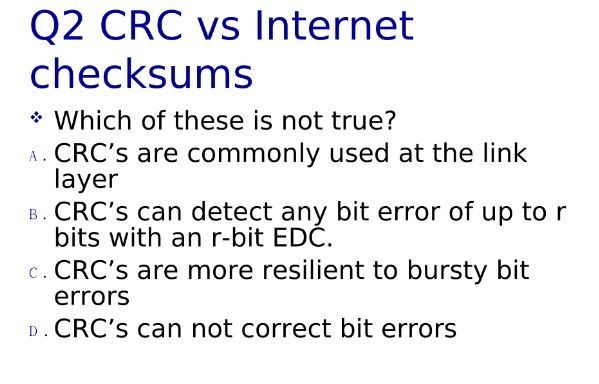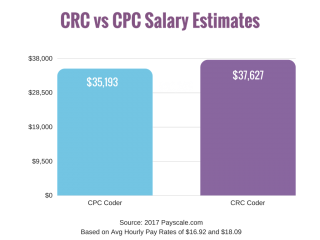

If a NAK is received, the transmitter will resend the If the checksums areĪfter receiving an ACK the transmitter will send the next Xmodem After the receiver has theįull packet, it will compare its own checksum calculation with theĬhecksum that was sent by the transmitter. Once Xmodem Initiation has completed, the transmitter sends theįirst Xmodem packet and then waits. ForĮxample, if the first 3 bytes are 255, 5 and 6 theĬhecksum after the first 3 bytes will be 10. Overflow or carry is discarded immediately. Must be padded with characters, usually ^Z's.Ĭsum one byte sum of all of the data bytes where any Of data is less than 128 bytes, the Xmodem packet Note than when sendingĬP/M and MS/DOS files a ^Z (decimal 26) must beĪdded to then end of the file.

This can beĬalculated as cmpl = 255 - (255 and seq) or usingĭata 128, 8 bit bytes of data. Increments by one until it reaches 255 and thenĬmpl seq one byte 1's complement of seq. Seq one byte sequence number which starts at 1, and SOH Start of header character (decimal 1). Pieces and places it in an Xmodem Packet. The transmitter takes the data, divides it into 128, 8 bit byte “aborted”, “NAK retry maximum exceeded”). Protocol (typically with a super cryptic error message such as Seconds, the receiver will send another NAK and continue to repeatġ0 times at which point the receiver will leave the Xmodem Once the receiver has sent a NAK, it will waitġ0 seconds for data to begin to arrive. Xmodem file transfer and that the transmitter should leave the The CAN character implies cancellation of the IfĪny character other than a NAK or CAN is read by the transmitter, The transmitter may retry any number of times. Upon entering the Xmodem protocol, the transmitting computer waitsīetween 10 seconds and a minute to receive an NAK character from It enters the XMODEM protocol, and hopefully data starts moving. Local computer must be told what file to transmit or receive and Once this isĬompleted the remote computer enters the XMODEM protocol. To prepare to transmit or receive a file via XMODEM. Sends commands to the remote computer to select a file name ThroughĪ dialog outside of Xmodem the local computer (your PC) first In Xmodem one side of the file transmission isĪlways in charge (local computer), asking the other side (remoteĬomputer) to either transmit a file or to accept a file. Transmitted) and where to put the data (file to store the data orīuffer area).

Prior to entering the protocol, both the transmitting and receiving computer must know where to get the data (what file is to be Turers can provide a $50 synchronous modem we will see the beginning of Perhaps whenĥ0% of the households outgrow the Commodore 64, or when modem manufac. Think this will happen, but not for maybe 5 to 10 years. Synchronous X.25 will slowly push XMODEM, et. Perhaps X.PC from Tymnet, MNP from Microcom or No one really knows where XMODEM and the file transfer function will go Solution to ZMODEM which is, hopefully, an easier solution to the most Networks and most importantly, provides for restart of a file transferĪt the point of failure. Making XMODEM derivative protocols work effectively with Public Data Chuckįorsberg's YMODEM is a major step in this effort providing largerīlock sizes, batch mode and more. Transmission errors by many orders of magnitude.Īfter the integrity has been accepted, people begin to look toward costĪnd performance. Response to the integrity phase of a service as it reduced undetected The effort changes from providing new function Once we have a new function and we accept it, there is a normal desireįor the function to be correct. Within a year it became obvious that theįunction Xmodem provided met a real need to many microcomputer users. Back in 1977, Ward Christensen had a need to move dataīetween microcomputers. Point in being error free, or inexpensive to operate if we do not want
Crc vs checksum software#
The pattern is function first, then integrity andĪny kind of software must first do something worthwhile. In a historical perspective, there seems to be a common pattern in allĬomputer systems development that can shed some light on where we standĪnd how we got here. Thanks for pushing me to do something about

The Chicago area and has been active in the National SYSOPĪssociation.
Crc vs checksum Pc#
Gene operates a major IBM PC bulletin board in


 0 kommentar(er)
0 kommentar(er)
